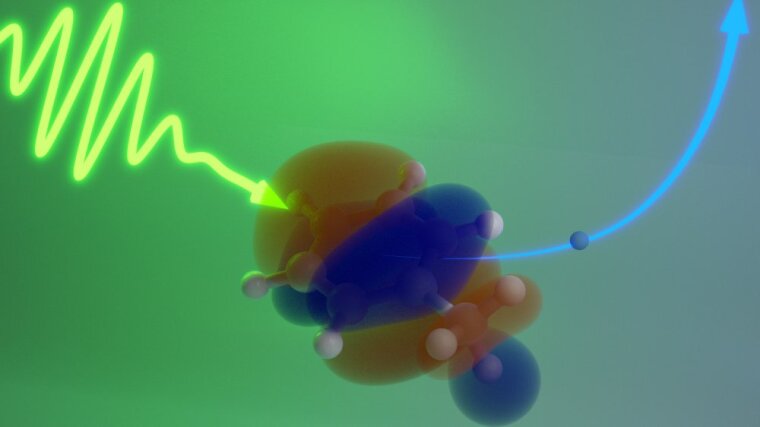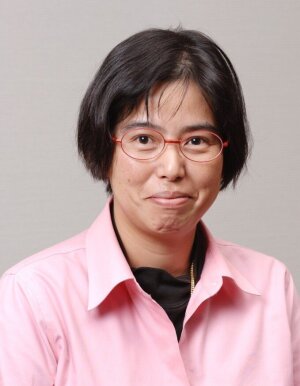
Guest lecture from Dr. Kunie Ishioka from the National Institute for Materials Science, Tsukuba, Japan
Attosecond laser pulse-driven molecular dissociation.
Event details
Export this event in ICS format
- Start
- End
- Type of event
- Lecture
- Venue
-
Abbeanum
Fröbelstieg 1, Rudolf-Straubel-Hörsaal
07743 Jena
Google Maps site planExternal link - Speaker
- Dr. Kunie Ishioka
- Organizer
-
Sonderforschungsbereich 1375 NOA
Dr. Philipp Traber
- Contact
-
Prof. Dr. Stefanie Gräfe
- Wheelchair access
- No
- Public
- No
